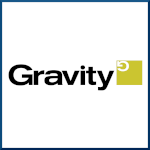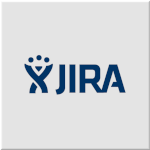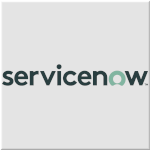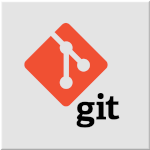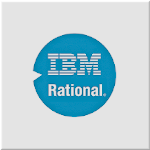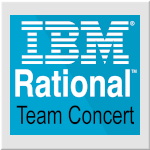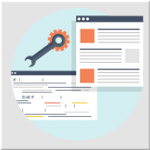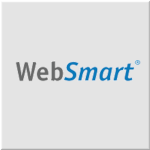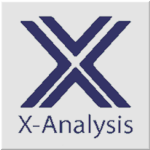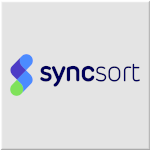TD/OMS Interface Support
The many strengths of TD/OMS include its 100% in-house design and development and open architecture. Why is this important? As the original developers, we’re in the driver's seat, updating code as necessary for rapid and future-ready adaptation and integration for and with new and emerging technologies. In-house development enables our team to adopt and develop new interfaces quickly and engineer updates, enhancements and new functionality most efficiently, innovatively and effectively. Our close relationships with our technology partners matter as well, as the inherent collaborative qualities enable us to anticipate and design interface updates to maximize the benefits of TD/OMS to our mutual customers. Check into some of the highlights below. Don't see an interface you use? See others here or let us know; if we don't already have it, chances are we can develop it!
Universal Language Support
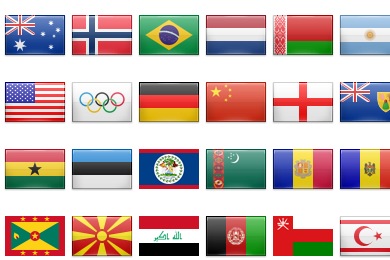
TD/OMS supports universal languages. This means that languages that require 2 bytes for each character are also supported. These languages are also known as DBCS (Double Byte Character Set) languages. TD/OMS is using graphical character fields for descriptive fields to enable this support.
In addition to support for entering information in any language, TD/OMS supports the translation of the screen labels, messages and help text into any language. TD/OMS is currently available in English and Japanese. The help text is identical to the text available on the Remain wiki, as this text is used as input for creating the context-sensitive help text in the TD/OMS client.


